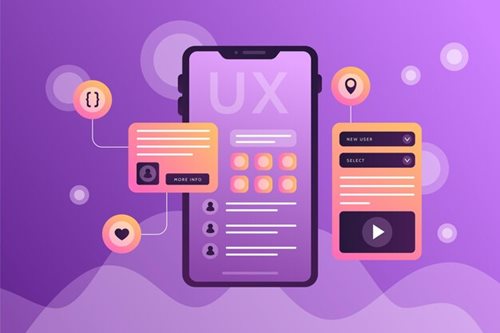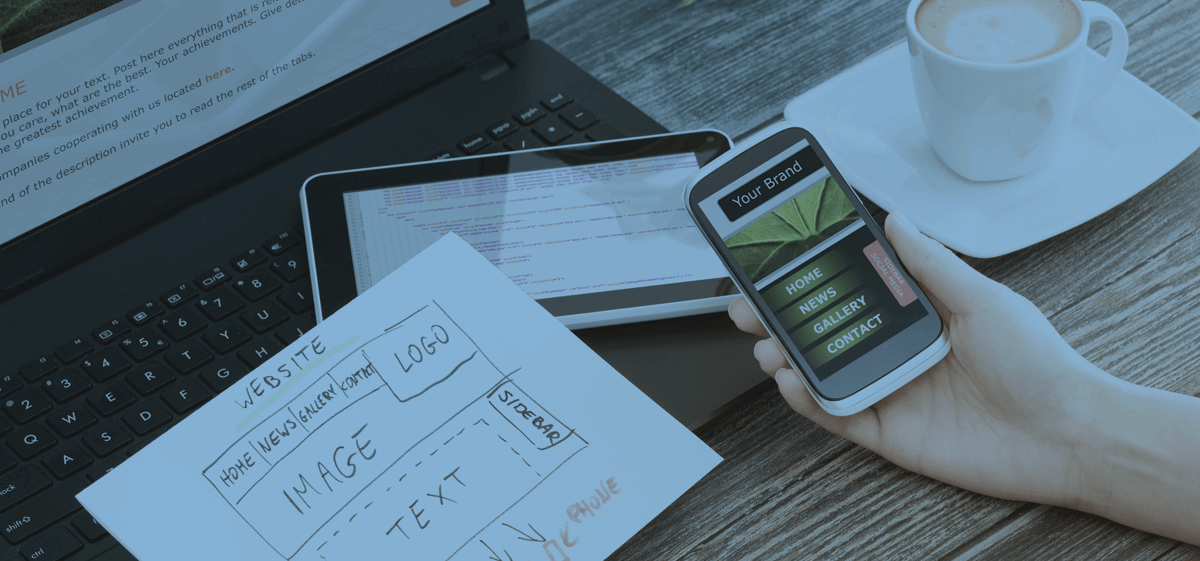Get your free consultation today!
Share with your Colleagues
Categories
ROI Calculator
Moonstone Interactive is the only San Francisco Bay Area web design firm and Internet Marketing expert that offers a free online ROI Calculator
Author: Steve Herz

A mobile app must work on devices with different operating systems and sizes. However, designing a mobile App's intuitive user interface (UI) is more than ensuring it looks great on a small screen. It also focuses on the user experience design of the app's features and integration with the device's capabilities. If designing a mobile app is something you are planning, here are a few tips to help get you on the right track.
The Purpose of Your App
You need to think about the purpose of your app and then design it accordingly. For example, an event planner app is to help people plan events like weddings, birthdays, and parties. It should have maps so users can see their nearest wedding locations and how long it'll take them to get there. It should also collaborate with caterers and decorators so that everything can happen from one interface.
Users' Goals
Knowing your audience is one of the main reasons user experience design is a vital point to consider. Your users' goals vary widely depending on their age and experience level with technology. For example, if you're designing an app for children or teens who grew up with smart devices, you'll need an intuitive app that can handle their level of competence. Similarly, suppose you're designing an app for adults/seniors. In that case, you may have to simplify the features and navigation, add more helpful tools, and enable options for bigger fonts and brighter colors.
Create a Prototype First
A prototype is an early version of the final product that helps you understand how users interact with your app, what they want from it, and where your app needs improvement. It's essential to create a prototype for your mobile app user interface, so you can focus on the finer details and ensure your user experience design works smoothly.
Know Your User Interface Design
Universally, users expect Mobile applications to be faster, more flexible, and, most importantly, designed for various smart devices. To build a mobile app, consider the overall purpose of the app, what your users want, and how they'll use it. That's how you create your UI design.
Many design elements support the function and usage techniques. The best user interface is intuitive and fast for the usage case. Sometimes, the best UI may use digital buttons, a checklist, a banner scroll, a scroll wheel, swiping motions, or voice commands.
You'll also need to consider how much space each element will occupy. Layout and visibility of the screen ensure everyone can see and do the next step(s) without moving around the screen too much.
Organize Navigation Hierarchy
Getting caught up in the details can be easy when designing a mobile app. However, one of the most important things you should remember is that the navigation hierarchy is just as important as how your app looks.
The navigation hierarchy is how users move through your app. You want them to be able to find what they're looking for quickly and easily. The design objective is to ensure that your content is organized in an easy-to-navigate way so that users can find things quickly.
Keep It Simple
Mobile app UI design should be simple and intuitive. The interface should be easy to use, and users should feel like it is natural for their mobile devices.
The most important thing when designing a mobile app's UI is ensuring that every feature is visible and accessible at all times. The user shouldn't have to look at any unnecessary information or menus when trying to complete a task. So it's essential to keep your user experience design straightforward.
Another critical aspect of creating an effective mobile app UI is ensuring the user requires no unnecessary steps or clicks to complete their tasks. For example, asking users to complete a survey and then asking follow-up questions after the survey is complete. Let users end their current steps before moving them to the next one.
Test, Test, and Test Again
Mobile app UI experience design is the most vital part of your app. So, you need to ensure it's well-designed. The first thing to do is test your app on different devices and operating systems. Comprehensive testing will help you find bugs causing issues with your UI and ensure it's responsive across different screen sizes and resolutions.
Once you've verified that everything works properly on all platforms, it's time to start designing! You can use wireframing tools to create an initial mockup of your app's UI. The mockup will help you visualize how things look before you build them in code.
Once management or stakeholders approve your mockup, it's time for a more refined design version. This time base the design on actual data from users who've used the app! This useability study will help determine whether the user experience design works well or needs modifications.
Conclusion
The world is constantly growing, and mobile app design is no exception. The tips in this article can help you understand how developers approach building a successful mobile app. It shows you how to ensure your apps are on the right track. These tips should help you streamline the design process and avoid costly mistakes.
We will help you with the Experience Design on any level! Contact us!


